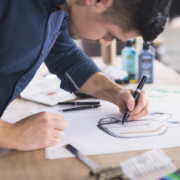Inspiring all students to innovate with #CareerTechEd
When I was hired as the architecture and wood shop teacher at Adolfo Camarillo High School five years ago, a transformation began. We revised a traditional wood shop program and infused it with 21st century skills and experiences. We make direct connections between high school, college and career. And the program was approved! More than 50 high schools in California have adopted this innovative career and technical education (CTE) curriculum.
The key is collaboration.
When students can think, design, build and create, their only limitation is their imagination. As innovators, we get to create things that never existed before. I guide my students to help them understand that whatever is around them is worthy of exploration. I tell them, take that desire and love for what you do and make it part of your life.
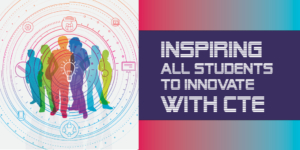
Product Innovation & Design & Architecture pathways combine:
- Arts, media & entertainment
- Architecture & engineering
- Manufacturing & product development
- Building trades & construction
Students learn basic to advanced skills, and they gain real-world experience designing for industry. The program also supports articulation agreements with community and state colleges; more than 150 students have received articulated credit to date. And, thanks to industry partners across the state, students benefit from field trips, guest lectures, internships and employment. These experiences generate critical thinking and other vital employability skills.
The knowledge and relationships they form in our program help them for life. No matter what they do, they are prepared. And they have more confidence and understanding of the world, which make each student well rounded. Students bring unique skills to share. For this reason, we tailor each project to each student’s needs and goals.
Lead by example.
I’ve always been a kid at heart. And natural curiosity is what brought me to teaching. I always want to know about things — how they work, how they were made — and if I could make a difference. Plus, I had some great teachers along the way who showed me the power of creativity, intelligence and ambition.
My teaching career began right after I completed my master’s degree at Pratt Institute. Since I was a toy designer, I asked my dean if I could teach a toy design class in the summer. He said yes, and that’s where it all started. I love sharing these experiences with my students. They’ve learned that they can build lifelong, creative careers through innovation. It is really fun and exciting to see students succeed. They excel at what they design, and I love to see the smiles on their faces as they discuss how to apply what we’ve learned to every day life.
Students grow and light up right in front of me each year.
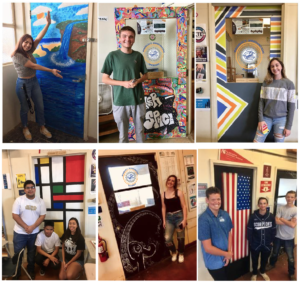
Establish a culture of creativity.
Perspective is important. Think and work outside of the box. To succeed, students need to learn more than what is in the classroom. They must develop an understanding of what is going on and what’s needed in the world.
We often conduct collaborative project- and work-based learning across programs and disciplines, such as:
- Music
- Art
- Agriculture
- Business
- Robotics
- Drama club
Students build robotics props, planters, stagecraft designs, music stands and more — designed to meet the needs of a partner or collaborator. Through this process, they learn to understand that what they do has an impact on everything. It’s all connected. They begin to ask questions and consider new perspectives. As a result, student feel a great sense of ownership over their learning.
Valuable industry partnerships provide opportunities for students to develop professional connections. Such partners include:
- Ford Motor Company
- Universal Studios
- Mattel
- Six Flags
- Harbor Freight Tools for Schools
- KidSTREAM
- Tree House Masters
- The Santa Barbara Zoo
Students make decisions about what they want to make, given the chance to explore new ideas and skills. They progress through the program immersed in a mix of direction instruction and real-world problem solving by themselves, with others and in the community. Thus, students learn to take a 360-degree view of the world.
In the classroom, I share, show and demonstrate what it takes to succeed in life, school and beyond. We discuss the good, bad and ugly of each projects. Teachers, this is important: Share with your students the good, the bad and the ugly about everything. It shows that you are human.
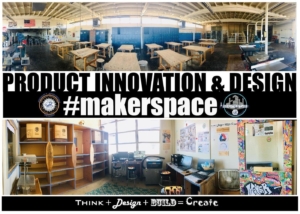
Learn together and individually.
I gained much knowledge and many experiences from the design industry. And I applied this to the Production Innovation & Design & Architecture curriculum. Students experience transforming an idea into a finished product. They think, design, build and create prototypes in the shop; design and build a house in architecture; and learn state-of-the-art computer software, including computer-aided design, model-making, 3D printing and more.
This integrated, immersive, multi-year sequence of career exploration, coursework and work-based learning gives students a competitive advantage along career pathways of their choosing.
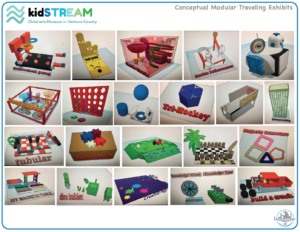
Turn ideas into innovations.
Career and technical education can prepare every student for a successful career. When educators inspire students to discover new ideas, they learn to take the invisible and make it visible. We showcase Adolfo Camarillo High School’s CTE programs with pride. We want to ensure all students know the many options available to them.
Additionally, we want to ensure our programmatic efforts benefit industry as well as our students. It is for this reason that we make consistent efforts to connect with the community and local businesses. Camarillo CTE students operate a student-run business, hand-making wooden items (e.g., cutting boards and signs) for the community. To date, we have created more than 150 items and raised more than $15,000 for our programs. This endeavor teaches students to persevere when working toward a goal.
As a result, students are more optimistic, focused and challenged to innovate. In CTE classrooms, we think, design, build and create new experiences and skills. What we learned from distance learning made us stronger. Leverage new skills gained with technology and mix them with tried-and-true methods, like engaging your community and asking colleagues for help. That is how to equip students to meet the needs of the future.
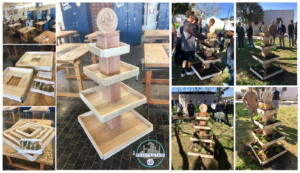
Peter Wachtel teaches architecture and product innovation design at Adolfo Camarillo High School in Camarillo, California. He was a 2019 winner of the Harbor Freight Tools for Schools Prize for Teaching Excellence. Check out his students’ portfolio.

